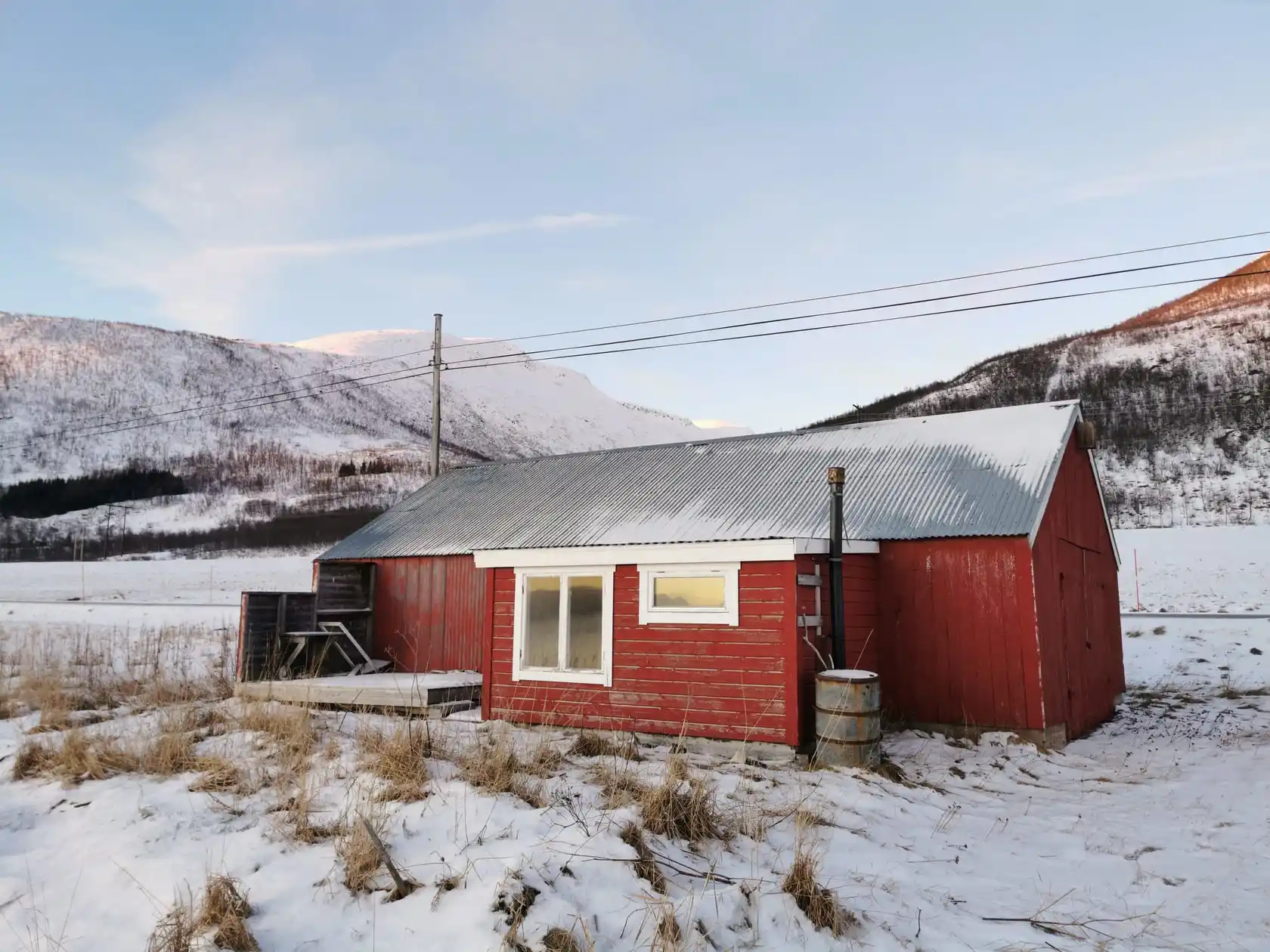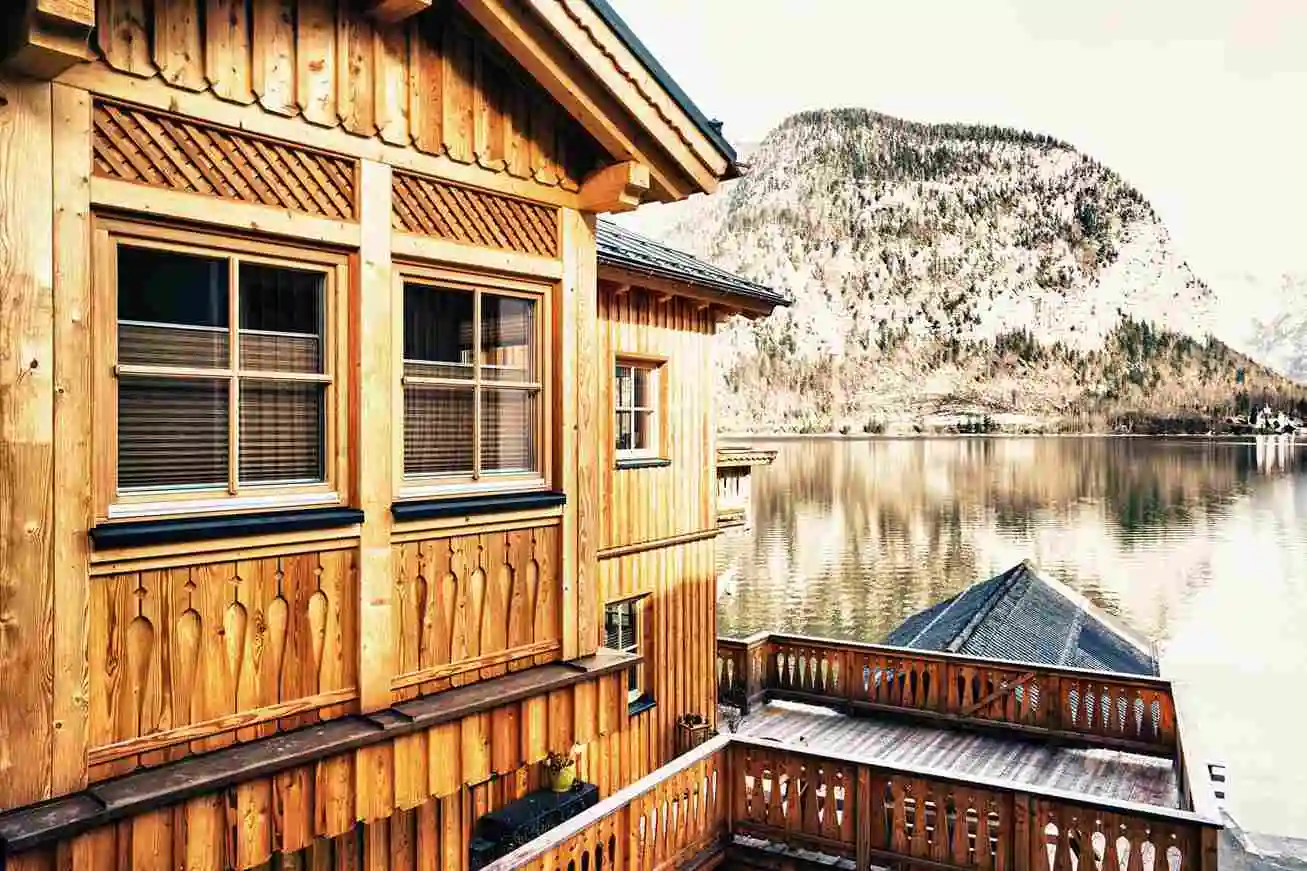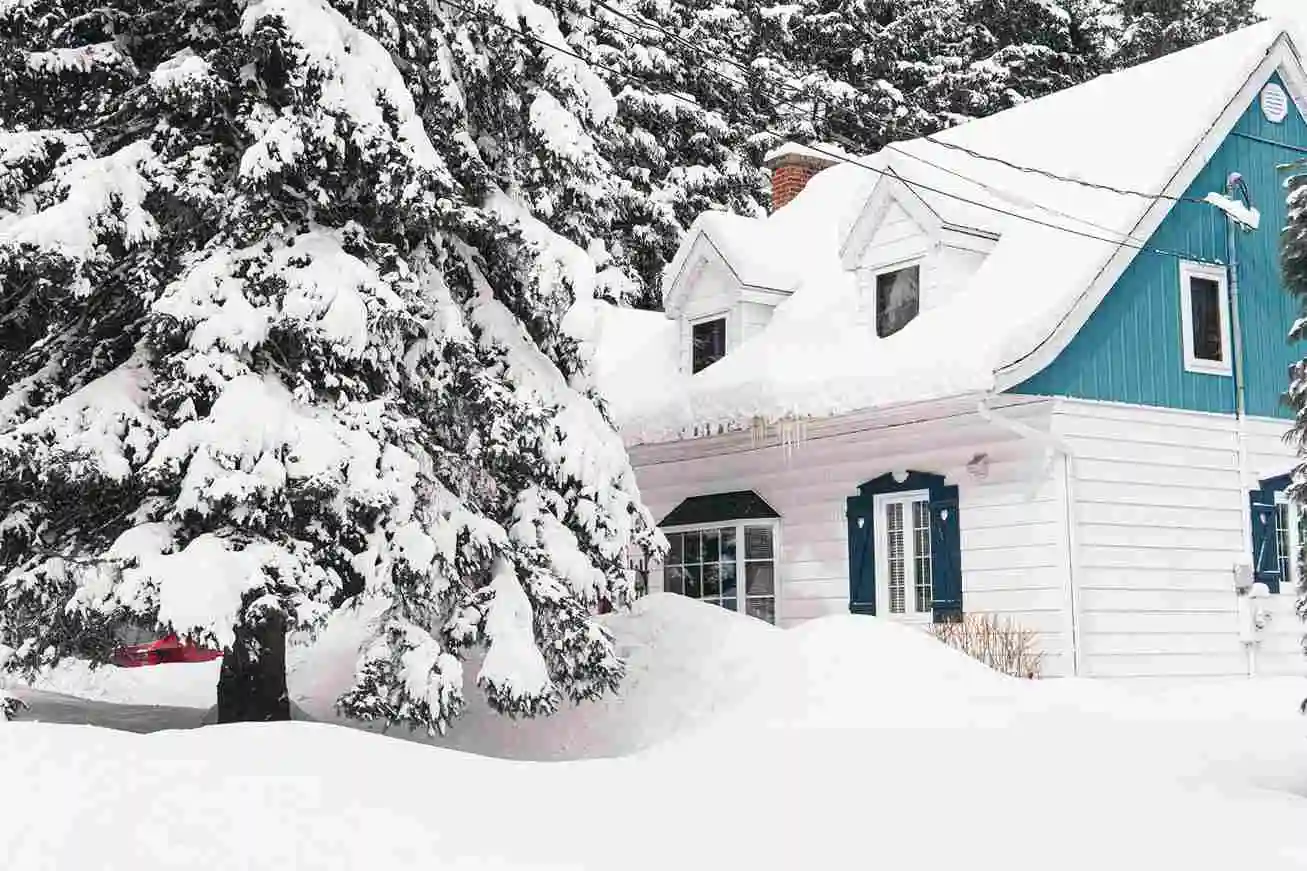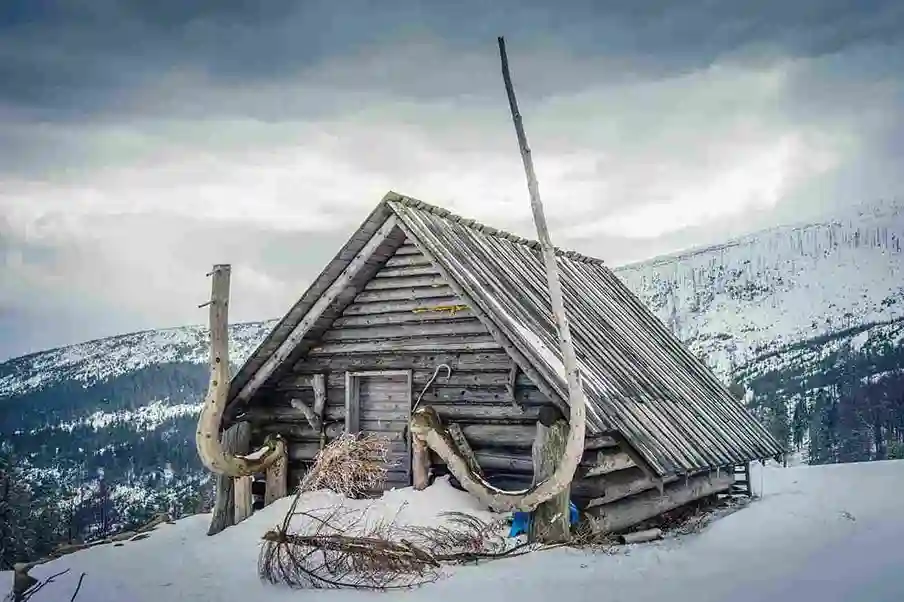Property protection in Alaska starts with a clear understanding of Alaska squatter rights. Our expansive guide addresses everything from adverse possession to trespassing laws and homesteading laws in Alaska, ensuring you have the tools to prevent unauthorized claims and protect your land.
Whether you’re a landowner facing the daunting challenge of unauthorized occupancy or a curious reader seeking clarity on Alaska's adverse possession, this article is designed to equip you with comprehensive knowledge. Therefore, don’t hesitate to scroll down for more detailed information!

Quick Facts About Renting And AlaskaSquatter Rights Laws
What Are Squatter Rights In Alaska?
Alaska squatter rights refer to a unique set of legal principles that empower an individual—commonly known as a squatter—to claim ownership of property under the doctrine of adverse possession.
In Alaska, as in many states, the laws are strict and detailed. For that, Alaska squatter laws require squatters to meet many criteria before legally recognizing any claim.
Do Squatters Have Rights in Alaska? Understanding the Legal Landscape
The answer is nuanced. While Alaska squatter rights are recognized under certain conditions, the rights that squatters have are limited by strict legal requirements. In Alaska, squatter laws delineate the conditions under which adverse possession can lead to legal property ownership.
To break it down:
- Alaska squatter rights are not a blanket protection for anyone occupying a property.
- Legal protections only come into effect if all the conditions for adverse possession are met.
Why Alaska Is Different: The Vast Unoccupied Land vs. Strict Property Laws
Alaska is unique among U.S. states because of its immense unoccupied areas juxtaposed with rigorous legal frameworks designed to protect property. Despite the abundance of land that might seem up for grabs, Alaska squatter rights remain tightly regulated.
The Paradox of Abundance and Regulation
- Vast Unoccupied Land: Alaska’s extensive wilderness and remote regions might suggest that land is readily available. However, the state’s laws ensure that claiming land in Alaska remains challenging and cannot be bypassed by simply occupying a property.
- Strict Property Laws: The state’s strict enforcement of Alaska squatter rights laws and trespassing laws in Alaska means that even though there is a lot of open land, squatters must meet onerous legal conditions to secure the state’s squatter rights.
Adverse Possession in Alaska: Can You Claim Land Just by Living on It?
One of the most frequently asked questions is whether a person can claim land ownership merely by occupying it for a long time. The concept of adverse possession underpins many of these claims.

How does adverse possession work?
Alaska’s adverse possession requires that a squatter must reside on the land openly, continuously, and exclusively for 7 years.
This means that if a person occupies the property without permission, and if their occupancy meets all the statutory requirements, they might eventually claim legal ownership. However, this process is fraught with legal hurdles:
- Alaska squatter rights only become a factor when the legal conditions are met.
- Courts will closely scrutinize whether the occupation was hostile and exclusive.
- In addition to adverse possession, trespassing laws in Alaska are also enforced, meaning unauthorized entry can lead to legal repercussions long before any claim to land is valid.
For those interested in claiming land in Alaska via adverse possession, it is imperative to understand these legal stipulations thoroughly.
6 Key Legal Conditions For Adverse Possession In Alaska
Each of the following conditions must be met for a squatter to claim Alaska squatter rights through adverse possession:
- Continuous Possession: The squatter must reside on the property for at least 7 years without interruption. This condition is central to adverse possession and prevents temporary or accidental occupancy from resulting in legal claims.
- Open and Notorious Use: The occupation must be visible. The squatter’s actions should signal to any observer—including the property owner—that someone is residing there. This openness supports the enforcement of Alaska squatter laws.
- Exclusive Possession: The squatter must be the only person using the property. This requirement is critical for ensuring that the claim is not diluted by shared or casual use, which again ties into the broader understanding of Alaska squatter rights.
- Hostile Claim: The occupation must be without permission. If the property owner has ever given consent, the claim for adverse possession is nullified. This principle is embedded within squatter laws and is enforced rigorously.
- Actual Possession: The squatter must physically improve or maintain the property. Merely being present is not enough—there should be demonstrable use or improvement of the land.
- Good Faith or Color of Title: In some cases, the squatter might have a defective deed or a mistaken belief that they have a right to the property.
Squatting vs. Trespassing vs. Homesteading in Alaska: What’s Legal?
In Alaska, the distinctions between squatting, trespassing, and homesteading are critical in understanding Alaska squatter rights.
- Squatting refers to the act of occupying a property without the owner's permission. Under Alaska squatter laws, squatters may eventually secure squatter rights if they meet the rigorous conditions for the state’s adverse possession.
- Trespassing is a criminal offense under trespassing laws in Alaska. Trespassing is strictly prohibited, unlike squatting—which can potentially lead to Alaska squatter rights if all conditions are met. Unauthorized entry, even for a short time, can result in fines or arrest.
- Historically, homesteading laws in Alaska allowed individuals to claim free land by meeting specific settlement conditions. However, homesteading laws in Alaska have largely been phased out in modern times.
By distinguishing between squatting, trespassing, and homesteading, property owners and potential squatters alike gain a clearer picture of the state’s squatter rights and laws.
Claiming Land in Alaska: Is It Still Possible?
For many, the idea of claiming land in Alaska through methods like adverse possession is both intriguing and controversial. With the cessation of the popular, traditional Alaska homesteading programs, the only legal avenue remaining is the complex process of adverse possession.

The Modern Landscape of Land Claims
Today, Alaska squatter rights are only achieved under strict conditions. While the allure of claiming land may seem simple on the surface, the reality is that property law in Alaska is designed to protect the rights of registered landowners. The following points highlight the modern challenges:
- Adverse Possession in Alaska: Prospective claimants must fulfill every requirement of adverse possession, ensuring that every element of Alaska squatter laws is met.
- Legal Hurdles: From proving continuous, exclusive, and open possession to navigating court procedures, the process is both time-consuming and legally challenging.
Because of that, property owners in Alaska are advised to remain vigilant. Even though vast, unoccupied land might suggest an opportunity for land claiming, the strict enforcement of trespassing laws in Alaska and Alaska squatter rights means that legal ownership remains firmly with those who have a clear title.
How to Get Rid of Squatters in Alaska: A Step-by-Step Guide for Property Owners
For property owners facing unauthorized occupancy, a clear and systematic approach is critical. Here, we outline a detailed, step-by-step guide for removing squatters and defending your Alaska squatter rights.
- Step 1 - Identify the Squatters – Conduct a thorough investigation to determine who the occupants are and whether they have any potential legal claim to the property under adverse possession laws.
- Step 2 - Notify Law Enforcement – If the individuals are unlawfully occupying the property and have no legal standing, involve local law enforcement to report the trespassing and document the situation.
- Step 3 - Serve a Formal Eviction Notice – Follow Alaska’s legal process for eviction by delivering a formal written notice that demands the squatters vacate the property within the required timeframe.
- Step 4 - File for an Eviction Lawsuit – If the squatters refuse to leave after receiving a notice, take legal action by filing an eviction lawsuit in an Alaskan court to formally remove them.
- Step 5 - Enforce the Court Order – Once the court grants the eviction, coordinate with law enforcement officials, such as the sheriff, to ensure the squatters are legally removed from the premises.
Alaska Landlord & Tenant Act: How It Affects Squatters in Rental Properties
The Landlord and Tenant Act in Alaska plays a pivotal role in determining how squatters are treated when they originate from expired rental agreements. For property owners and managers, understanding these nuances can help prevent the unauthorized transformation of tenants into squatters.
Can tenants become squatters?
In some cases, tenants who remain on the property after their lease has expired might try to claim Alaska squatter rights. Under this state's Landlord and Tenant Act, if tenants continue occupying the property without renewal or a new lease, their status can shift from legitimate tenant to holdover squatter.
To protect your property from that, landlords need to know:
- How Alaska squatter laws differ for tenants compared to outright squatters.
- That continued occupancy without legal documentation might lead to adverse possession if not promptly addressed.
What happens when tenants stay after the lease expires?
When tenants stay beyond the agreed term, they are typically classified as holdover tenants. The Landlord and Tenant Act in Alaska requires landlords to serve formal eviction notices to reclaim their property.
This process is distinct from the situation where someone without any tenancy claim tries to establish Alaska squatter rights via adverse possession.
Squatters vs. Holdover Tenants: Key legal differences
- Squatters are unauthorized occupants with no prior lease or agreement, and their claim to Alaska squatter rights relies solely on meeting adverse possession criteria.
- Holdover tenants are individuals who initially had legal occupancy under a lease. Their situation falls under the Landlord and Tenant Act, and although they might attempt to claim squatters' rights, the legal process for removal is more clearly defined.
Is It Illegal to Move into an Abandoned House in Alaska?
Why Abandoned Doesn’t Mean Unclaimed: The Biggest Legal Misconception in Alaska
Strict trespassing laws in Alaska address the common misconception that an abandoned house is free for the taking. Despite the appeal of claiming land in Alaska from an empty property, the legal reality is that abandoned property remains under ownership.
Unauthorized entry violates squatter laws, and the property owner retains the right to enforce legal action.
Can you claim an abandoned house legally, and how?
While there have been historical instances where abandoned houses were claimed under adverse possession, the process is significantly more challenging today. To claim an abandoned house in Alaska legally, one must:
- Satisfy every element of adverse possession, including continuous and exclusive occupation for 7 years.
- Deal with local authorities who strictly enforce trespassing laws.
- Confront modern homesteading laws in Alaska, which no longer permit free claims on property without a formal process.
The takeaway is clear: the idea of moving into an abandoned property and simply gaining Alaska squatter rights is a myth. Instead, the law requires that every step of the process must be followed meticulously.
5 Foolproof Ways To Prevent Squatting In Alaska

For property owners, prevention is the best defense. Here are five detailed strategies to safeguard your property and protect your land:
- Secure the Property – Lock doors, board windows, and install security systems.
- Post No Trespassing Signs – Clearly indicate that unauthorized entry is illegal.
- Regular Property Inspections – Visit frequently to prevent unauthorized occupation.
- Lease the Property – Renting unused land reduces squatting risks.
- Take Legal Action Promptly – Don’t hesitate to address squatters before they establish legal claims.
Implementing these measures can dramatically reduce the risk of someone attempting to claim Alaska squatter rights and ensures that your property remains protected under established squatter laws.
Summary
Ultimately, the landscape of Alaska squatter rights is defined by rigorous legal standards. Property owners can confidently safeguard their investments by following the procedures for adverse possession in Alaska and adhering to trespassing laws in Alaska.
FAQs
Q1. How long does it take for a squatter to gain ownership in Alaska?
Under adverse possession in Alaska, a squatter must occupy the property continuously and exclusively for at least 7 years while meeting all legal conditions set forth by the state’s squatter laws.
Q2. Can police remove squatters in Alaska immediately?
If squatters violate Alaska’s trespassing laws, law enforcement can remove them. However, a formal legal eviction is required if they attempt to claim Alaska squatter rights through adverse possession.
Q3. Can someone legally move into an abandoned house in Alaska?
No, moving into an abandoned house without permission is illegal under trespassing laws and existing Alaska squatter laws frameworks. Legal claims through adverse possession require meeting rigorous criteria over time.


